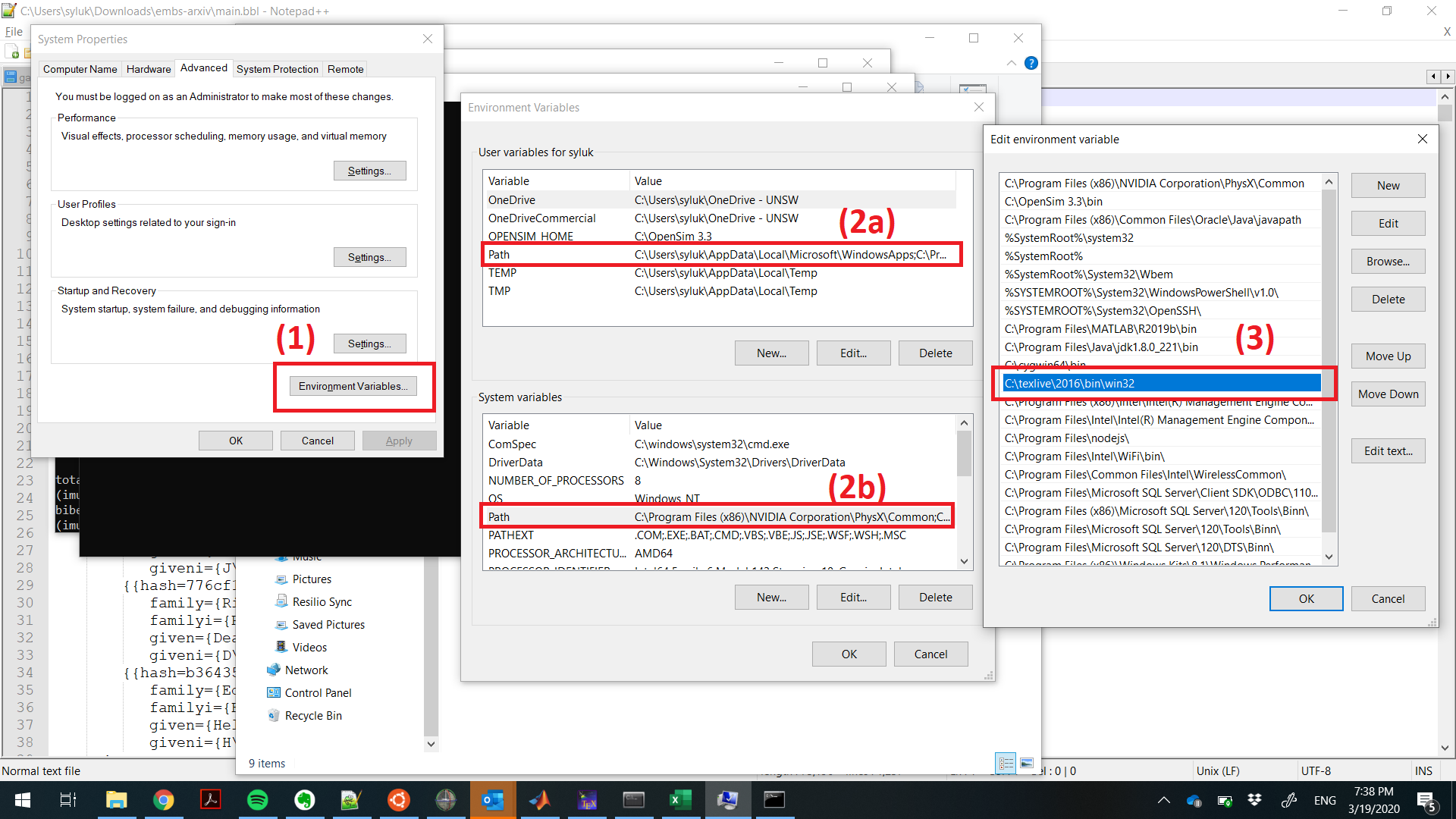Generating bbl file from Overleaf for Arxiv submission
If you are like me who use overleaf to write research articles, you may have experienced a similar issue where the version of the .bbl file (from biblatex) overleaf generated is too new for Arxiv submittion. You may have received an error such as below. A detailed description of this issue can be found
here.
Package biblatex Warning: File '<file>.bbl' is wrong format version - expected 2.8.
My summary solution is listed below. My environment is running on Windows 10 + Texlive 2017 + Texstudio
- It is easiest to install a full older version of Texlive rather just an old version of
biber/biblatex. No need to uninstall your newest version of Texlive. Instructions on how to redirect to Texlive 2017 will be given later. - Download the Texlive 2017 from link.
- If the download speed of the link above is too slow, use mirrors listed here.
- The Texlive 2016 specification listed in Arxiv's website was misleadering. I initially tried Texlive 2016 (
texlive2016-20160523.iso) but the version is too old for Arxiv. Trust the recommendation made here.
- Load the .iso and run
install-tl-windows.bat. The installer should show up shortly. - To redirect to using Texlive 2017's
biber\biblatex, remove the latest Texlive path and change it with the 2017.
- The environment path can be editted from the control panel. Easiest way is to type
Edit environment variables for your accountin the windows toolbar.![]()
Edit environment variables for your account - Find the Texlive path and edit to the 2017 path. The path will most likely read as
C:\texlive\2017\bin\win32.![]()
Changing Windows Env Path
- When compiling using TexStudio, it should now use Texlive 2017. Make sure you close and restart the program after you edit the environment path. Execute the following commands to produce the
.bblfile.
Tools > Build & View(F5) to compile the pdf output.Tools > Bibliography(F8) to produce the.bblfile

